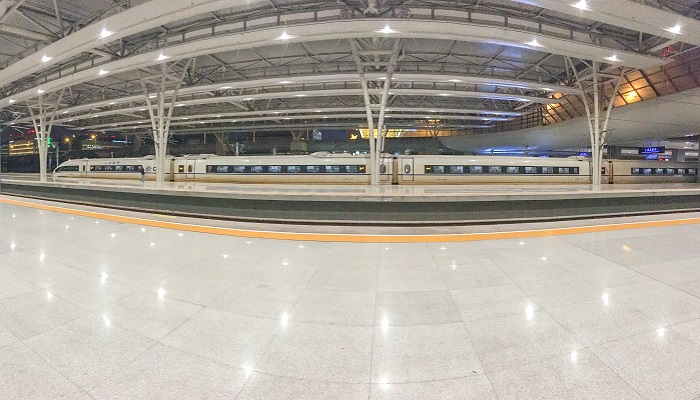- Hyperloop
- High Speed Ground Transport
- Transport and Logistics Innovation
- smart cities
Hyperloops Inch Closer to Reality in 2019

The hyperloop industry has thus far been characterized by feasibility studies, small-scale test tracks (carrying no passengers or cargo), partnership announcements, and media hype. Nevertheless, construction on the first commercial hyperloop tracks is expected to begin in the second half of 2019. Hyperloop technology has the potential to revolutionize the transport industry due to its promise of drastically shortened inter-city travel times, lower costs, and decreased negative environmental impacts. The aim of hyperloops is to provide travel at the speed of a plane with the convenience of a train.
Two Suppliers Leading the Way
Two major companies are pioneering the development of hyperloop systems; Virgin Hyperloop One and Hyperloop Transportation Technologies (HTT). Through its network of public and private partners, Virgin Hyperloop One is aiming to have its first operational hyperloop system built by the mid-2020s. In February 2018, Virgin Hyperloop One and the Indian State of Maharashtra signed an intent-to-build agreement to develop a hyperloop between Mumbai and Pune. Construction is expected to begin in 2019 on a 6-mile operational demonstration track, with a goal to have a finished loop built by the mid-2020s. The 3-hour drive from Pune to Mumbai would be transformed into a 25-minute commute, and the hyperloop would offset an estimated 150,000 tons of carbon annually. The company is also working with several cities from its Global Challenge in 2017 to determine the viability of each of the 10 winning routes.
While HTT has received less attention in the news than Virgin Hyperloop One, the company has made several key inroads to commercial hyperloop development:
- In mid-2018, HTT announced a deal to build a phase 1 hyperloop track connecting the Chinese city of Tongren (Guizhou province) with its airport (6-mile distance). The second phase of the project would add another 31 miles to the loop. HTT expects to unveil a working test track sometime in 2019.
- HTT announced in October 2018 that it planned for a 6-mile commercial hyperloop track to begin construction in 3Q 2019 as part of the effort to connect Abu Dhabi and Dubai. The company aims to have the first section operational by 2020.
- In December 2018, HTT announced a JV with a German logistics company to use hyperloop technology at the Port of Hamburg. The first installment at the Port is expected to be a 100-meter cargo route used for transporting containers.
Hyperloops Hold Significant Potential, But Major Hurdles Remain
Interest from governments around the world in hyperloop technology has been strong. The potential for improving regional mobility, lowering greenhouse gas emissions, and creating economic megaregions that connect major cities is alluring. Nevertheless, Guidehouse Insights does not expect currently experimental hyperloop technology to approach mainstream adoption over the next 10 years. In the immediate future, hyperloops are more likely to be used in shipping and logistics applications than for personal transport. The fastest speed achieved by hyperloop pilots thus far is 284 mph—far from the 760 mph needed to transport passengers in the short travel times claimed possible. In comparison, high speed rail links in China, Japan, and Europe typically achieve speeds of around 190 mph. A myriad of complex technological, safety, regulatory, and business model challenges must be overcome for hyperloops to become a viable commercial transport technology. For in-depth analysis on hyperloops and other high speed ground transport (HSGT) technologies, see Guidehouse Insights’ upcoming report, HSGT Technologies are Transforming Regional Mobility.